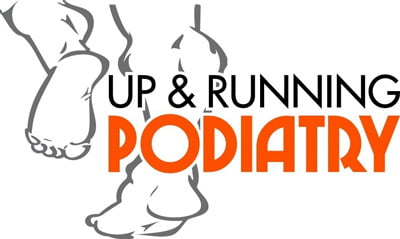Strengthen your springs
Running efficiency is the key to running faster. Our feet, ankles, knees and hips need to work together to absorb impact maintain a stable body position and propel the body forward. This is the all-important “spring” function. It can take years of consistent and focused running to develop a pair of resilient and finely-coordinated springs.
Running slower accentuates the spring effect as our body is required to adapt to an increase in vertical force from the ground. The major joints (particularly the knee) involved in shock absorption are therefore bending or flexing through a slightly increased range of motion. Given the intensity is reduced, your key running muscles are allowed greater opportunity to strengthen through this broader range of motion.
***There is an ideal zone of knee flexion, too much or too little and your springs might fail you. Combining specific running strength exercises are a great way to further enhance the function of your springs.
Time to focus
Running slower allows us time to think. Think about how we are running, where our feet are landing? where our head is positioned? How far our arms are swinging? In which direction are they swinging? The running-form checklist goes on….. This “systems check” procedure is often neglected by most runners, through lack of education and/or laziness. Efficient Running form ensures balanced load distribution through the entire body, reduced exertion per stride and opens the door to longer, faster running. See: HOW A PODIATRY RUNNING ASSESSMENT CAN KEEP YOU INJURY FREE
Back-up your running
Running longer and faster requires consistency in training. If we attempt to run our guts out every time we lace up, we know what we’re in for….. Forced rest for 2 or more days to recover from minor niggles, or worse – we’re out of action completely for weeks or months. Running slowly, with solid form enables the body to backup more quickly, consistently adding layers of endurance-strength from each run. Speed is earn’t through building a strong and resilient running body over time.
When it’s time to go – go harder!
The 80/20 rule is a widely accepted notion adopted by many elite level endurance coaches and athletes. Essentially it suggests 80% of the overall training volume should be undertaken at an easy aerobic intensity, and you guessed it 20% you go hard!! It’s easy to get caught in the trap of “feeling good” during a run and pushing yourself that little bit harder. The reality is, most runners have a false sense of their limitations, especially when the endorphins are talking.
Taxing our bodies at the wrong time leaves us in a cycle of training in the dreaded “grey zone”, continually running on sore and heavy legs. The grey zone is a speed killer, stay out of it!
